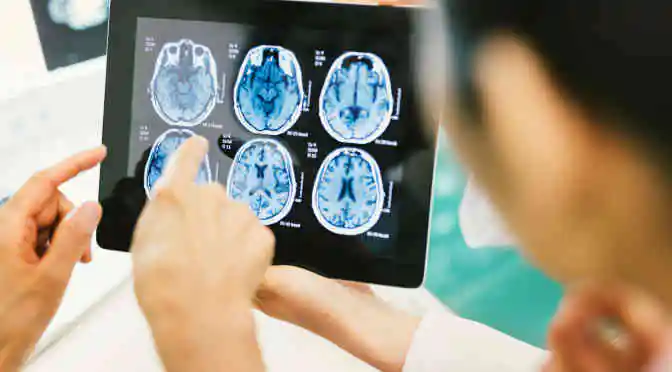Medical imaging is the very foundation on which the healthcare industry functions. From diagnosis of diseases to suggesting various treatment strategies, physicians are hugely dependent on medical images. This is the reason why any invention and innovation in this area is observed closely. Enter Mobile Diagnostic Imaging, the latest entry into this list.
The discipline of mobile diagnostic imaging, which started off in the late 1990s as a major development, has now emerged as a basic need of the medical fraternity. Several mobile imaging companies like Alliance Healthcare Services, Digirad Corporation, and Shared Medical Services, have proposed innovative imaging solutions that have added the element of portability and cost-effectiveness to the current crop of medical imaging hardware.
Why is mobile diagnostic imaging medicine’s latest wonder tool?
In both emergency and critical situations, early access to the requisite medical images enables better streamlining of the entire diagnostic process. By enhancing the communication between different parties involved, mobile diagnostic imaging improves the overall delivery of patient care services. Also, as the time taken between image generation and the physician’s interpretation is reduced, the patient may be discharged sooner, which reduces costs and improves the latter’s overall level of satisfaction with the healthcare system.
Latest innovations impacting mobile diagnostic imaging and further ratifying its importance
A few updates, which according to our industry experts will emerge as the game changers in the global mobile diagnostic imaging industry include:
- Automation of workflow
- Accelerating process speed
- Expansion of 3D and 4D parameters
Reducing the time involved in acquiring scans is something that several medical imaging companies are working on. With the aging baby boomer population, the demand for cardio and ob-gyn medical imaging has increased significantly. Automation of mobile imaging will enable the staff to keep pace with the huge demand for medical images as well as reduce the incidences of operator errors. Automation can also lessen the burden on orthopedics by reducing the number of clicks required to calculate patella alignment.
Processing speed is imperative for creating high-quality diagnostic images. Mobile imaging companies have adopted GPUs to reconstruct images in less than six minutes, thereby enhancing the speed of image processing.
3D and 4D technologies have the potential to create better images for improved diagnostics, especially in radiology. Similarly, several leading mobile image service vendors are focusing on the development of 3D modeling. The insights gained from the 3D visualization of a pathological condition can positively impact patient treatment.
When it comes to 4D, matrix array technology allows the capturing of a full volume set, and the turbo processing power of GPUs that power fast frame rates.
The only area that poses a challenge to the full implementation of mobile imaging is the hardware limitations in the current generation of mobile devices. For instance, despite its enhanced retina display, the iPad still lacks the resolution required to meet professional imaging standards.
However, industry experts at Technavio believe that as the underlying technology improves, the future mobile imaging applications and devices will be better equipped with enhanced resolution, video-conferencing facilities, and one-touch access to images, labs, and clinical notes. The parallel development of two revolutionary technologies will converge in the near future to lay the strongest possible foundation for the discipline of mobile diagnostic imaging.



